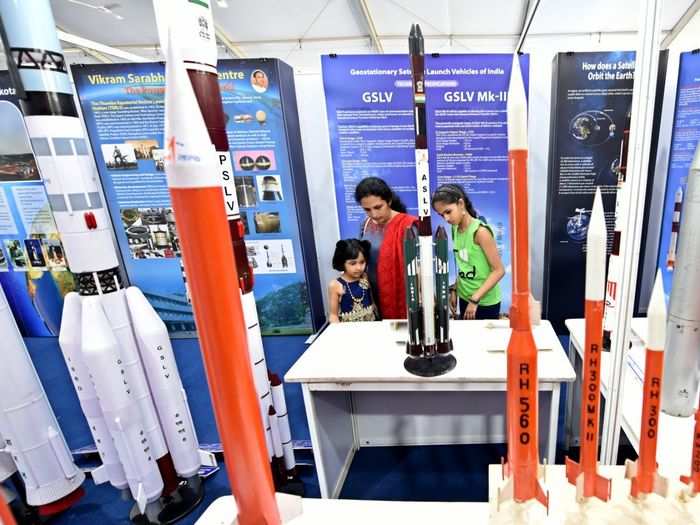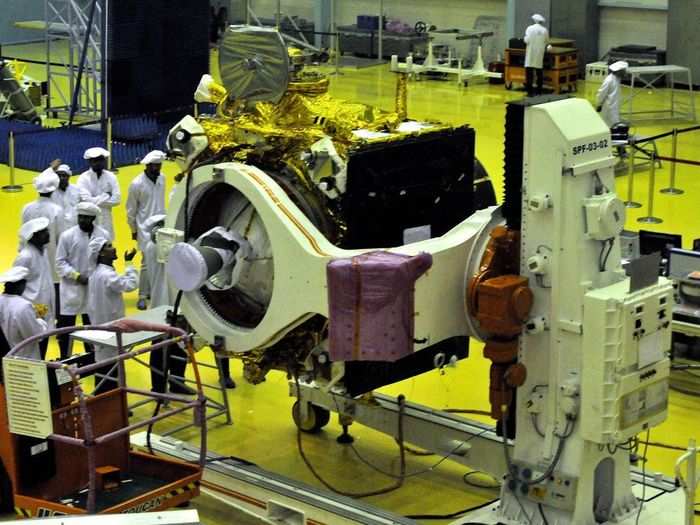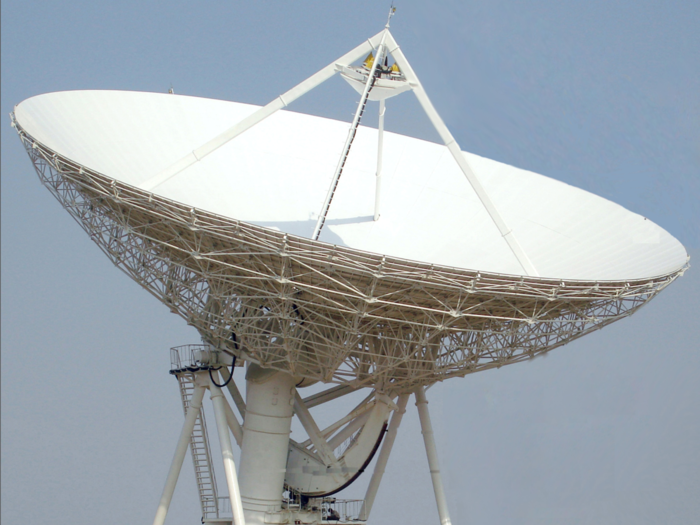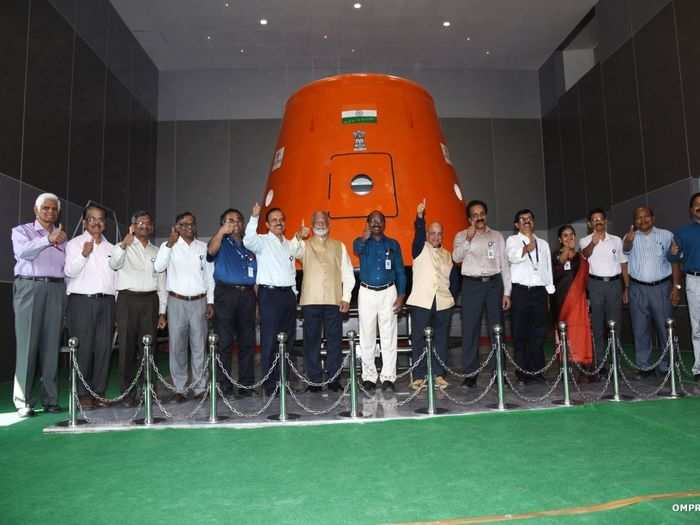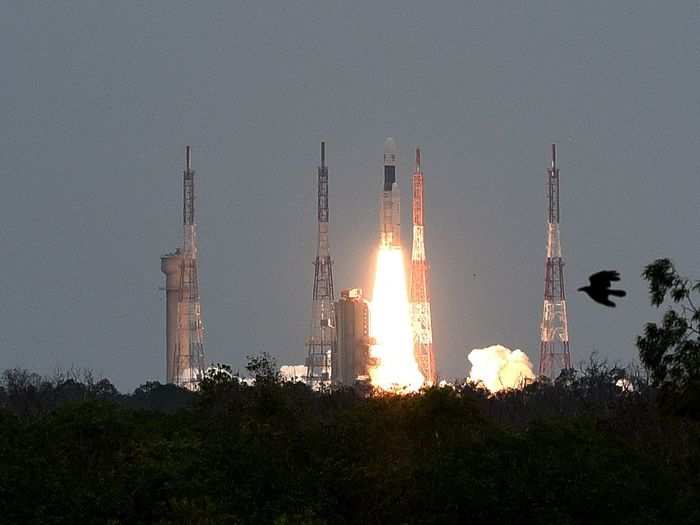The second space age is coming, and ISRO has a window of opportunity to compete with advanced economies on a level-playing field BCCL
- The second space age has given India a narrow window of opportunity to play on a level playing field with more advanced economies, like the US and China.
- In order to fully capitalise on this, there are a few things that the Indian Space Research Organisation (ISRO) and the Department of Space (DoS) could work on.
- Gateway House fellow, Chaitanya Giri, has made five recommendations on how India can become the powerhouse that it needs to be for the coming of the second space age.
The first space age came and went, and India sorely missed the bus. The second space age is setting in, and this time around, history looks doomed to repeat itself. With the US and China on the ‘
brink of cold war’, it could be an opportune moment for India to fill the gap.
It’s a rare opportunity for emerging economies to compete with advanced economies on a level-playing field. However, there are at least six factors standing in India’s way that could keep it from taking advantage of this narrow window of opportunity, according to Gateway House fellow, Chaitanya Giri.
“Its [India’s] space-exploration programme continues to be almost entirely noncommercial, operating within the confines of DoS [Department of Space]. Policymakers still do not view space exploration as an economy-boosting enterprise,” he wrote in his paper outlining India’s space exploration industry agenda.
Here are five things that India needs to do to capitalise on this opportunity:
India's space missions are isolated with the Department of Space
Visitors at the Swasraya Bharat 2019, a mega science expo organised by Swadeshi Science Movement BCCL
Space missions can no longer be looked at as a luxury. They dictate everything from last-mile broadband connectivity to navigation to monitoring the weather. However, space exploration is currently isolated as a mandate under the Department of Space. “There are vast, unmapped possibilities for additional cross-sectoral and inter-ministerial collaborations involving space exploration,” explained Giri.
He recommends that ministries should identify their areas of interest in space exploration to initiate a back-and-forth between various departments, the private sector and public sector units to deliver and commercialise space technologies.
ISRO imports more than it makes at home
Chandrayaan 2 orbiter ISRO
India currently imports more than 80% of its precision scientific instruments. The import dependency could have disastrous effects on India’s R&D labs if exporting nations decide to increase their prices, impose sanctions, or if supply chain disruptions come into play due to wars or pandemics.
“The space agency should encourage indigenous commercialisation of precious instruments used in building payloads for space missions,” says Giri. Not only would that reduce India’s dependency on other countries, but it would also be a boost for the domestic economy while allowing the Indian Space Research Organisation (ISRO) to keep costs low for more complex space exploration missions.
India needs its own Deep Space Network
32-metre antenna in Byalalu near Bengaluru BCCL
The US and China are currently caught in a war over supremacy in global telecommunications. This isn’t limited to Earth but also involves Deep Space Networks (DSNs). “Typically, a DSN is a triad of large radio communication antennae that are placed at angles of 120 degrees from each other all around the Earth,” explained Giri. As the planet rotates, the antennae communicate with interplanetary spacecraft without interruption.
Indian satellite-launch vehicles and satellites are currently dependent on ground-based services. For most of their major missions — including Chandrayaan 1, Mars Orbiter Mission and Chandrayaan 2 — ISRO relied on NASA’s DSN triad across California, Spain and Australia.
“India, therefore, must initiate diplomatic engagements with friendly countries in the eastern and
western hemispheres that can host two DSN antennae for it in addition to an existing 32-metre antenna located in Byalalu near Bengaluru,” recommends Giri. With these antennae in place, it will be able to establish independent communications capabilities for distant interplanetary missions.
India’s space programs need the private sector to pull its weight
Inauguration of ISRO's human spaceflight centre BCCL
Currently, the Department of Space has special research labs called ‘Space Cells’ but their scope is limited to what ISRO needs. “To overcome this deficiency, the Space Commission should form new ‘Advanced Space Concepts Laboratories’ (ASCL) with non-DoS public or private entities and ecosystems,” said Giri — just like the US, Europe and Japan, which currently lead the world in space technology.
Nirmala Sitharaman already announced that ISRO’s testing facilities will now be opened up to private players and that the space agency will also be sharing its treasure trove of geospatial data. While that may facilitate private sector participation, it’s still a long way from having them actively participate in the research and development process.
To bring in private players, there need to be incentives
Launch of Chnandrayaan 2 from the Satish Dhawan Space Centre in Sriharikota BCCL
In order to encourage private sector participation, the government needs to incentivise them by providing risk coverage and legal support. Giri recommends tax deductions on capital expenditure on R&D activities, tax holidays of successful output and relief to space startups.

